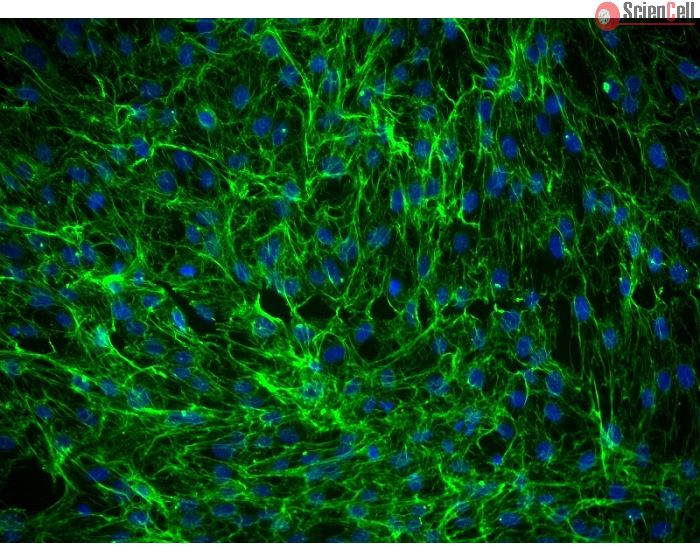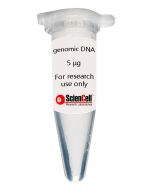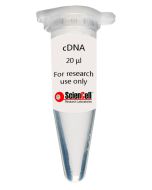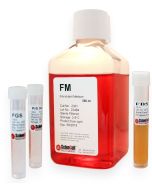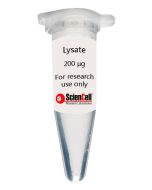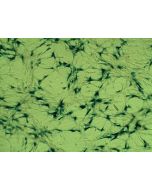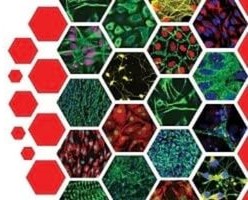Human Dermal Fibroblasts-Fetal-Mitomycin C treated
Catalog No.
2350
Isolated from fetal human skin. HDF-f-mt are cryopreserved at passage one and delivered frozen. Each vial contains > 5 x 105 cells in 1 ml volume.
$46.00
Out of stock
